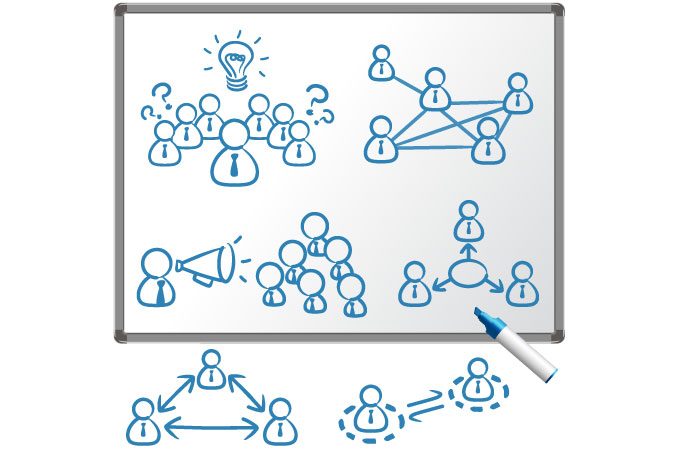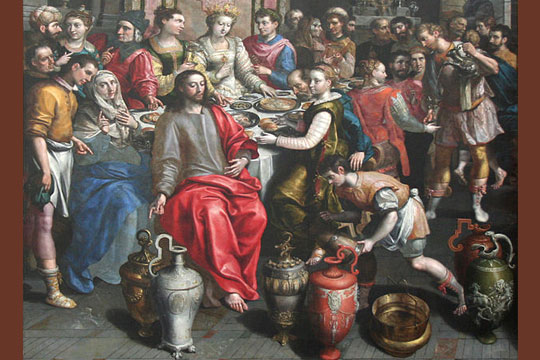
Some years ago I ended a period of ministry at a parish and school that had become my spiritual home. During the time I served there, I had developed many relationships with catechists, parents, students, and staff, and I had participated in many affirming and community-building endeavors over the years. I had felt called to serve this particular place, but it was time to serve in new ways. I was not quite sure what the Lord had in store for me, but I trusted God. I was led to a new and equally wonderful community where I formed new friendships and served in new ways.
During the transition, I was often filled with uncertainty and fear. The following passage from Jeremiah came to me frequently: “For surely I know the plans I have for you, says the Lord, plans for your welfare and not for harm, to give you a future with hope” (29:11). I had to trust that God would provide me the opportunity to use my gifts in ways that were fulfilling to both me and the community to which I was called. Though I knew I would miss the people I was leaving, I believed God would bring new people into my life that were equally important.
I feel certain the early evangelists would have understood my experience. When I read the Acts of the Apostles and the early Church writings, I often imagine what it must have been like for those individuals who boldly set out to minister to the people in towns and villages throughout the region. The power of their ministry depended on their ability to trust in God’s plan for them and connect with people wherever they went. It also depended on their determination to remain connected to the other evangelists. Even as they ministered separately throughout the region, they frequently rejoined one another to share their experiences, celebrate their successes, and resolve their challenges. In many cases, their efforts were rewarding. In others, they were frustrated and disappointed, “shaking the dust from their feet” and moving on to the next community. But no matter what their experience, the early evangelists were called to trust in the Lord, go where God sent them, and develop new relationships in order to share the Good News of the Gospel of Jesus Christ.
This time of year is often a time of transition for ministers. Priests are reassigned, DREs change ministry sites, and new principals and teachers are hired. If you are the new minister, what does it feel like to enter a new “town”? Do you feel called by the Lord to share the Gospel with this community? How do you go about building new relationships, developing collaborative ministry in your new leadership role?
If you are the staff person who has been around since Moses, are you welcoming and encouraging to the new staff person? How can you help the new pastor settle into his role and get to know the people and the culture of your community? Maybe there’s a new DRE in a neighboring parish. What can you do to encourage collaboration between catechetical leaders in a cluster or vicariate or deanery?
In a few weeks we will celebrate the outpouring of the Holy Spirit at Pentecost. What are you doing to breathe new life into the Body of Christ?
Are you looking to transition to a new faith formation program? Preview online samples of Finding God and Christ Our Life.





Be the first to comment